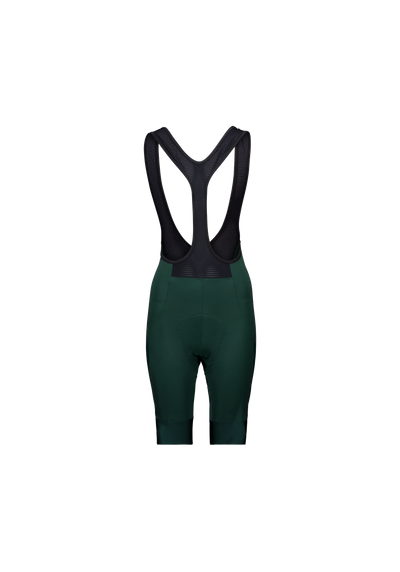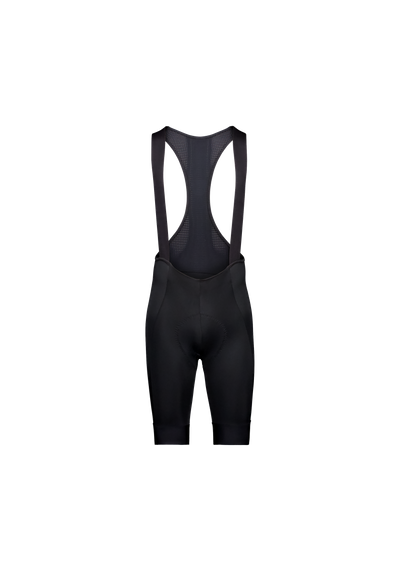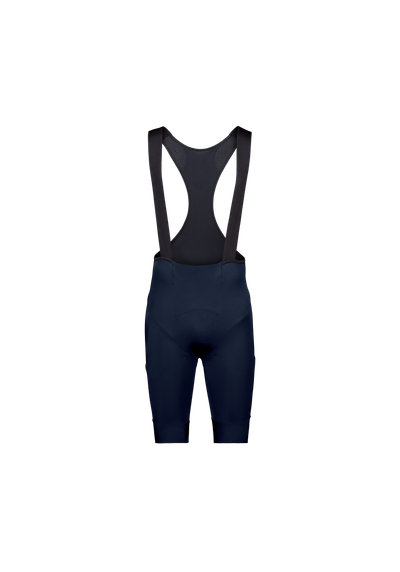Go Wide And Far
Riding a bike depends upon three contact points between body and machine: the hands, the feet and the seat. Comfort at all of these contact points is vital to be able to ride longer. It’s easy to move hands around on the handlebars to change upper body position and keep comfort high. Even at our feet, which stay firmly attached to our pedals, constant movement and a controllable level of pedal float help to provide relative comfort. Regarding our rear ends, our options for comfort and performance over longer periods are more limited.
For the best power transfer over longer periods, we need to stay seated. And to stay seated, cushioning in bib shorts is vital. We wanted to reassess traditional approaches to pad shape and construction in order to ensure that every rider, in any position on the bike, could be as comfortable as possible. So, we followed the science.
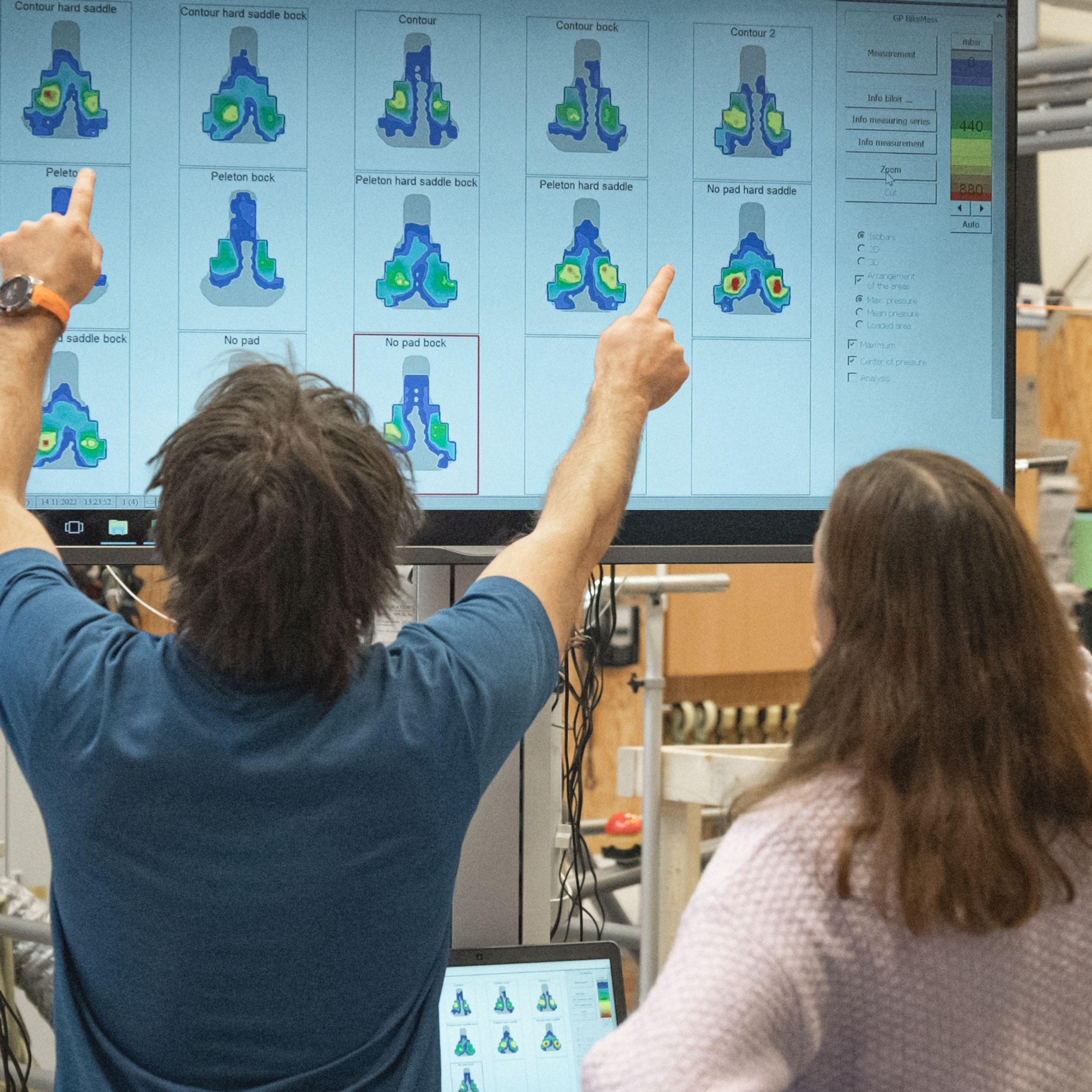
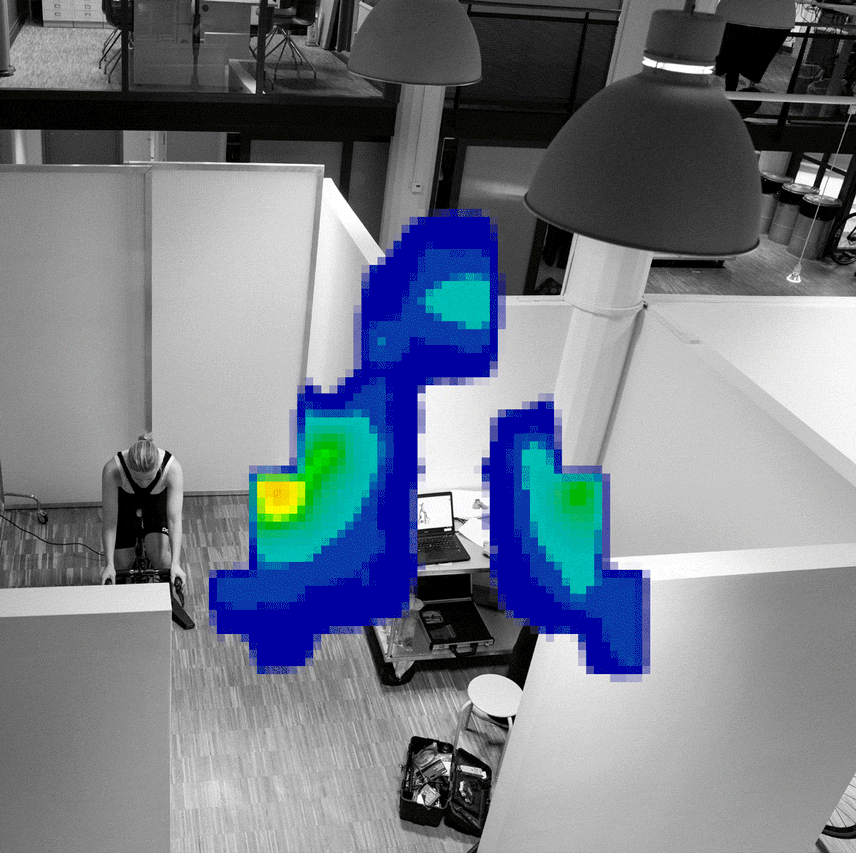
Before the development process, we undertook in-depth research to better understand every rider’s anatomical and physiological needs so we could work to deliver comfort like never before.
This process began with extended research mapping pressure points on a wide variety of riders, of different experience and ability levels, to understand where most pressure was being put on the saddle.
We found that assumed knowledge concerning how we sit on the saddle did not fully align with reality. We discovered far-reaching differences in how each rider sits, and that pressure points were much wider than average sit-bone measurements would suggest. And while it is accepted that there are differences between genders, these differences manifested themselves in ways we had not predicted.
So, we opted to dive deeper into every aspect of body position on the bike so we could create better support for how we really ride.
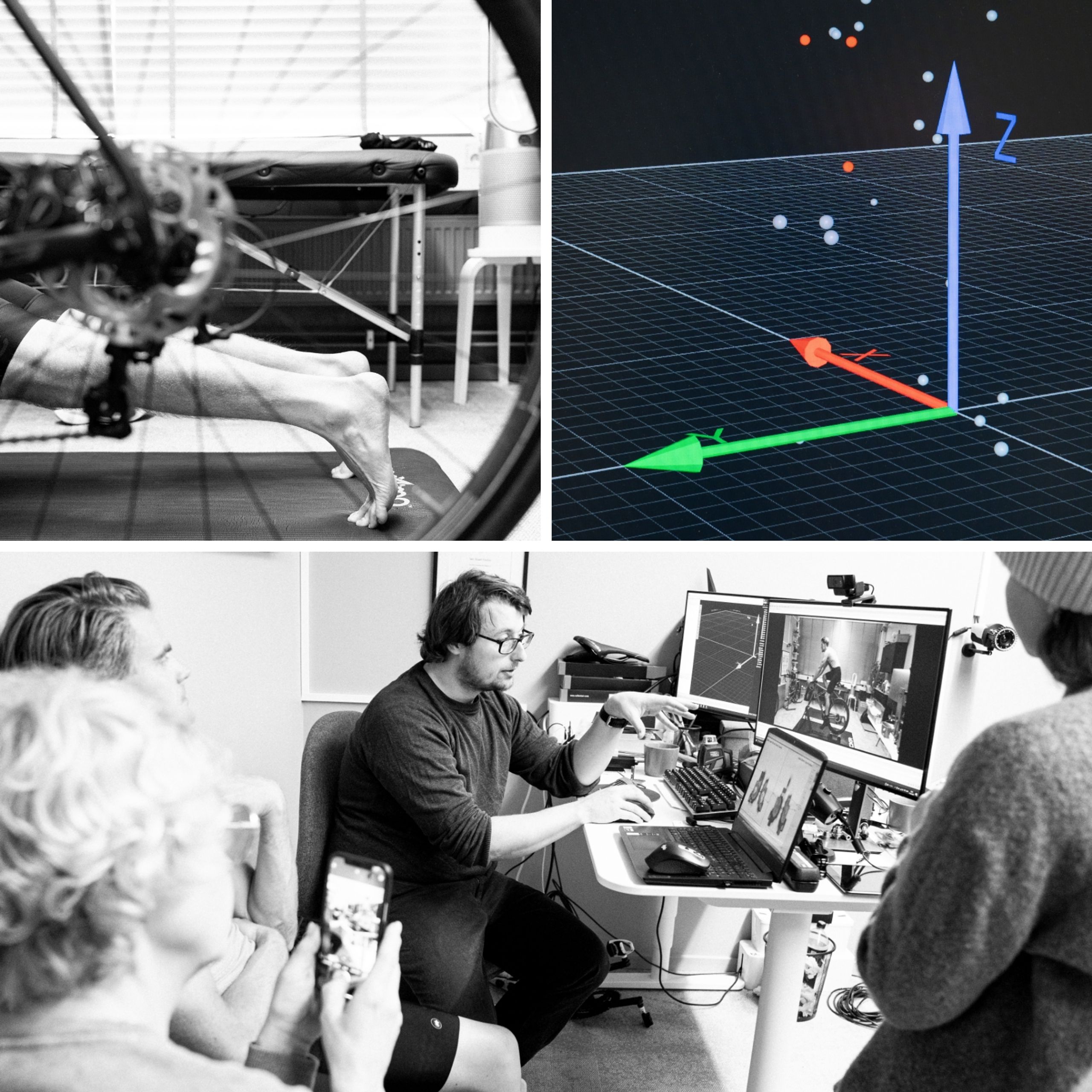
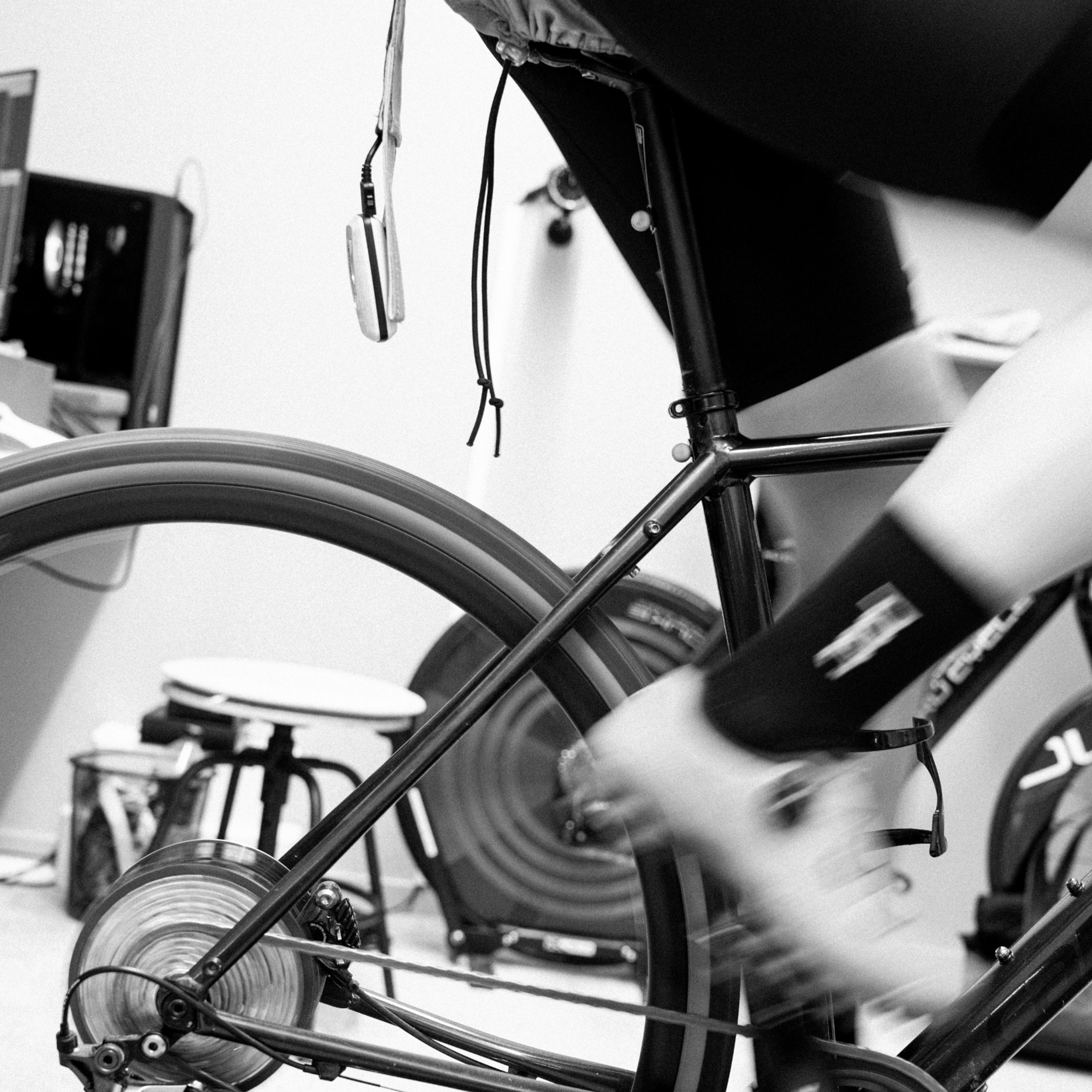
Beyond pressure mapping, we continued research with physiotherapists, gynaecologists, and experts in the field of bike fitting, among others, to gain a deeper understanding of the myriad ways in which human physiology affects not only how we sit but also how we respond to any pain that may be caused.
“As the evidence from our research emerged, we realised that to make the improvements we wanted female and male cyclists to have, we would need to break with conventional thinking. The result, the Novus chamois, has very specific female and male constructions and are significantly wider, more ventilated, feature channel relief and have an innovative gel layered construction for consistent pressure management,” said Monica Lindström, our Apparel Director.
The same principles underpinned the key findings for both males and females, notably that there was a need for wider padding, with more significant sculpting to create space that helps to alleviate pressure.
While the same principles applied for male and female riders, the form of the two new pads differ significantly.
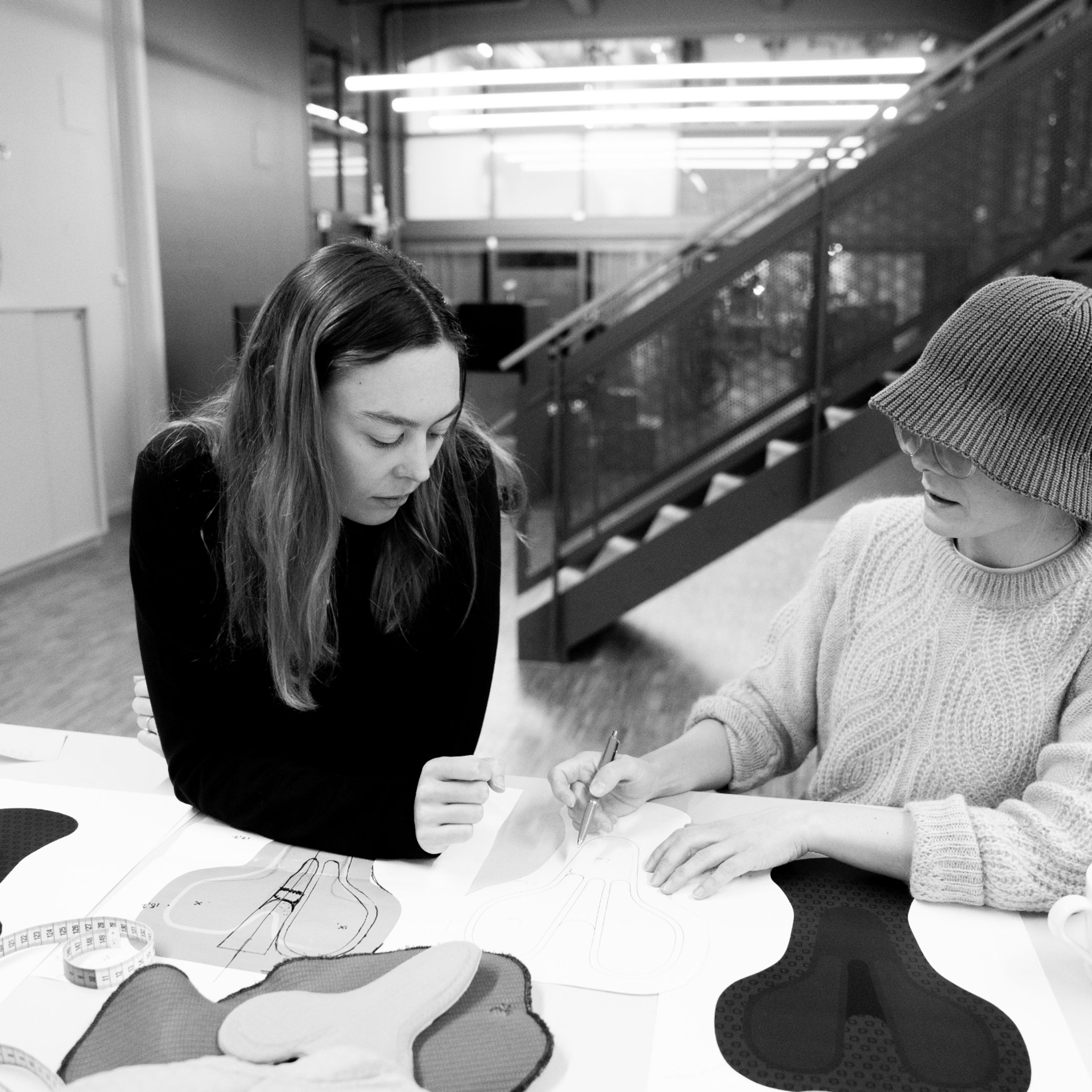
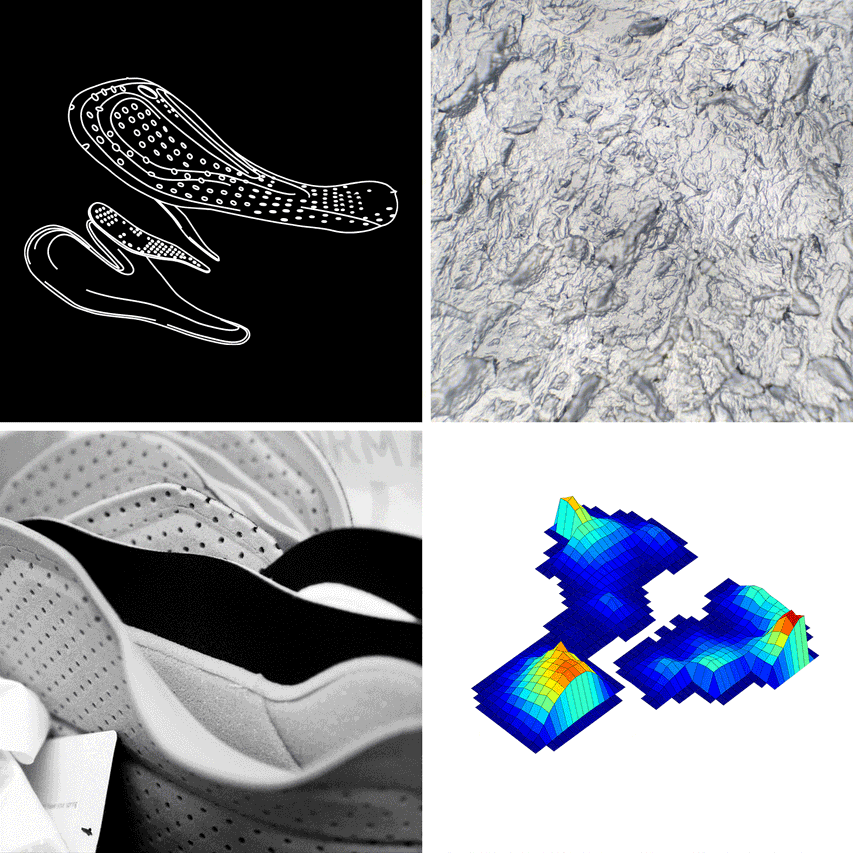
For women, our research showed a clear tendency for more frontal pressure than for men, and to combat this, we have actively sculpted the pads to give more support in the frontal areas and to create a hollowed-out zone designed to reduce excess pressure buildup and chafing.
The layered construction of the patent-pending pad features foams of different densities to balance support and cushioning. It includes a layer of gel underneath the sit bones to give extra support over longer periods of time, as the gel does not compress in the same way as foams do over extended periods.
Overall, the cushioning under the sit bone is shaped differently from in other pads and is wider, more accurately matching the pressure points that our research processes defined.
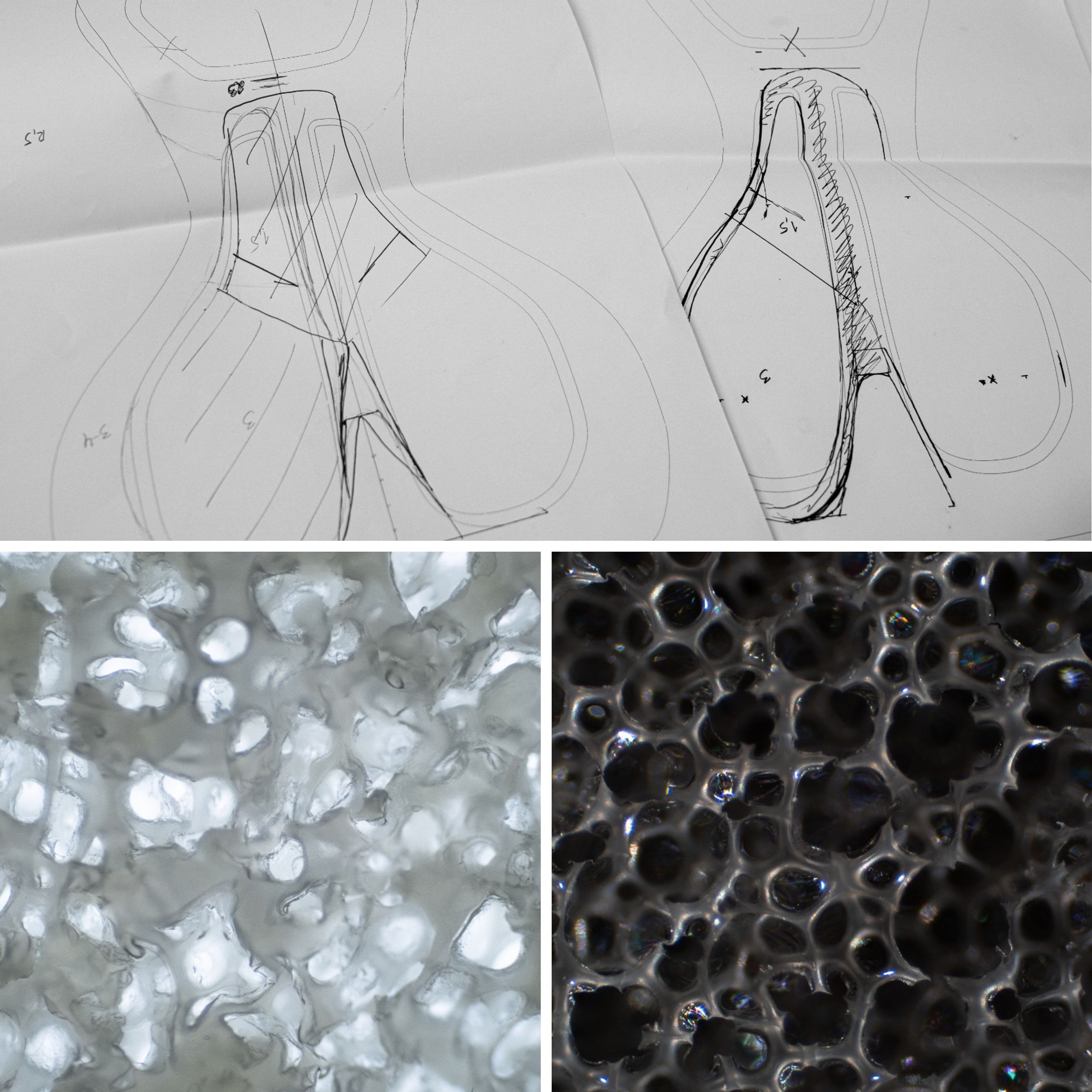
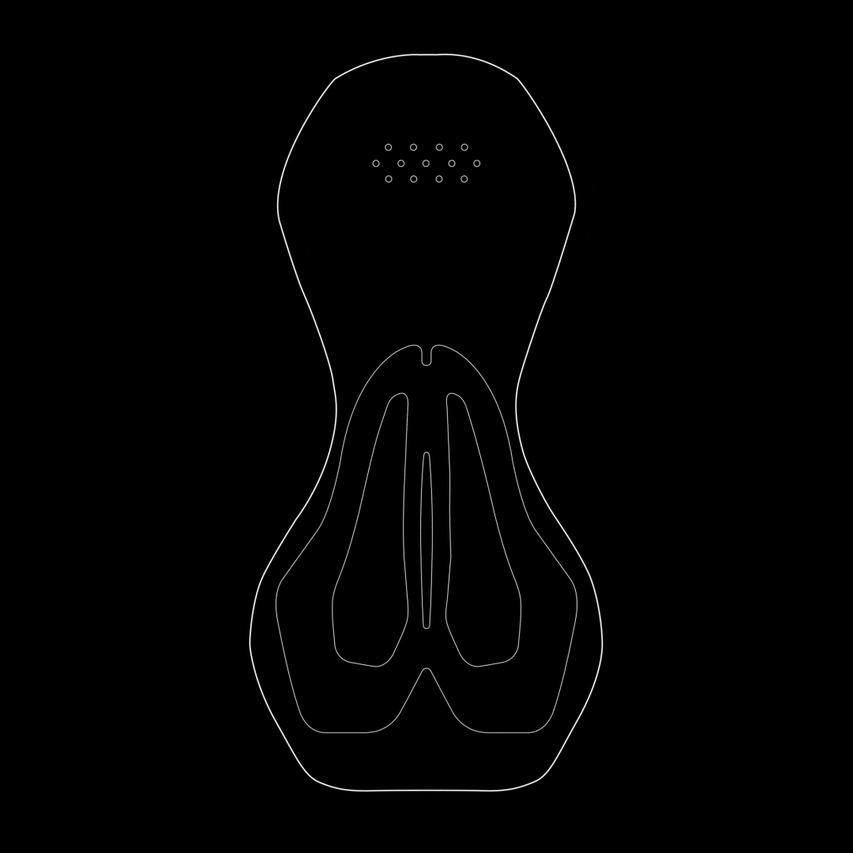
For men, the key findings from our research were similar: there was a clear need for more support across a wider area under the sit bones, and—while less pressure was applied there than by women—a zone of increased pressure towards the front was also detected. There was also a clear need for a central channel in the chamois to help relieve pressure and improve blood circulation in the perineal area.
The resulting pad, the patent-pending Novus Chamois, is shaped and sculpted to address these problems, giving support and space where needed so that you can stay in comfort for longer.
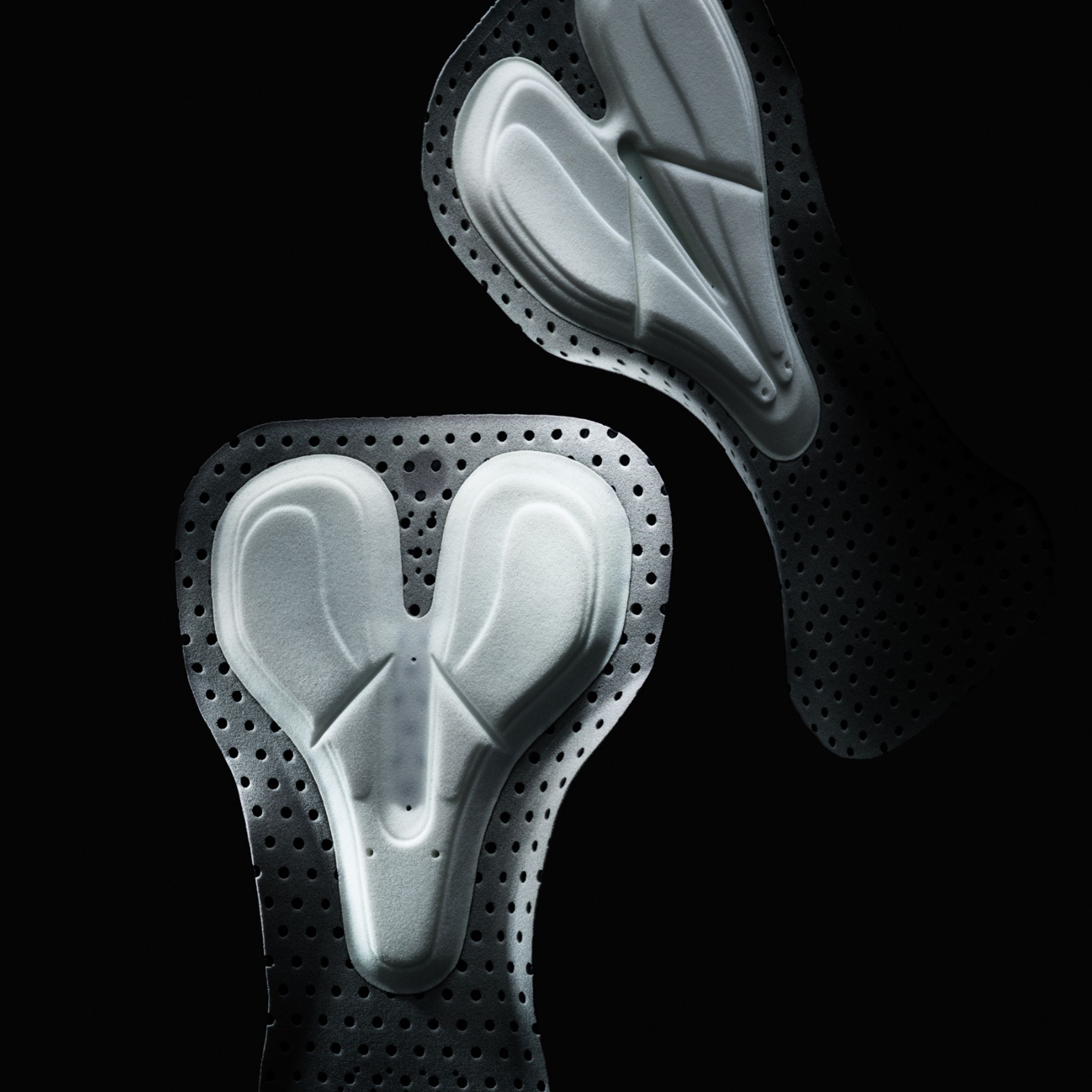
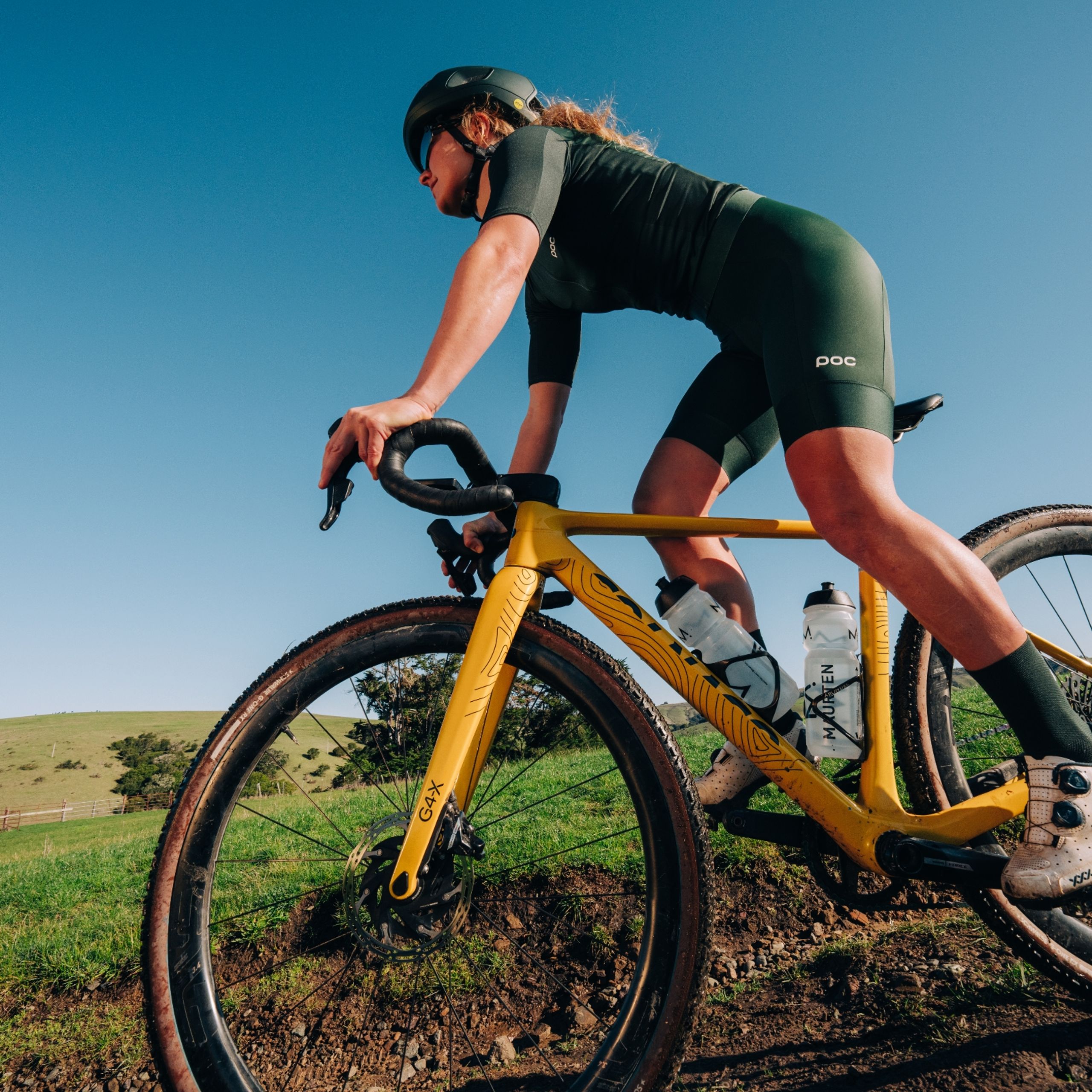
While comfort on the bike is dependent on sitting comfortably, the chamois is not the only part of the bib shorts that ensures you can sit as comfortably as possible for several hours on end.
As well as introducing the new Novus Chamois, our apparel team worked to redefine the shape of the bibs to enhance comfort for longer periods in the saddle. A more articulated shape supports better comfort while pedalling, and the strap design on all bibs gives support and comfort, as well as freedom of movement.
On the W’s Cadence Bib Shorts, our trusted suspender solution shaped to make essential mid-ride calls of nature easier, has been updated to become even easier to use, ensuring the bibs are as friendly as possible for every user. The same concept, using an overlap suspender at the rear and a wider suspender at the front, still features, offering trusted performance when nature calls.
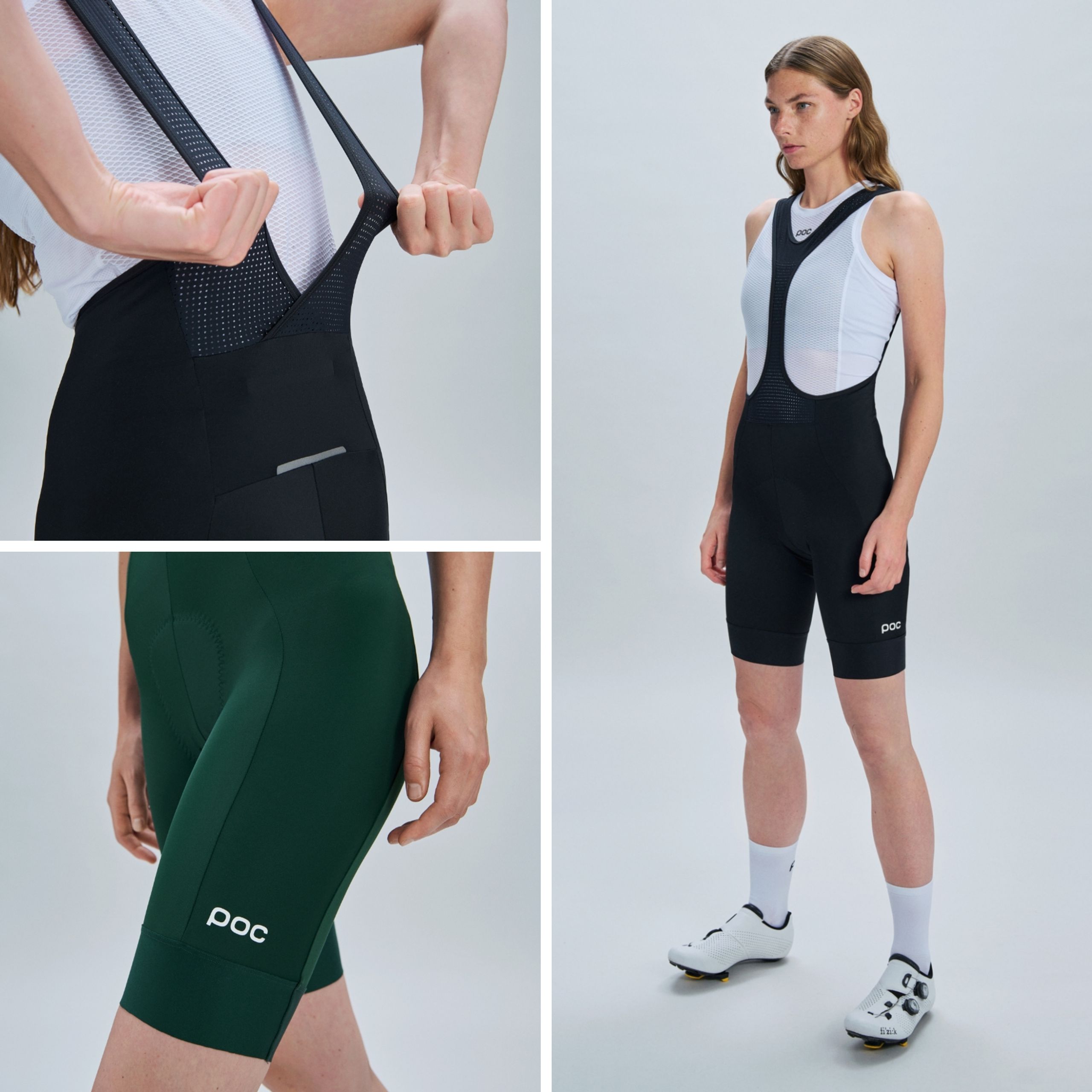
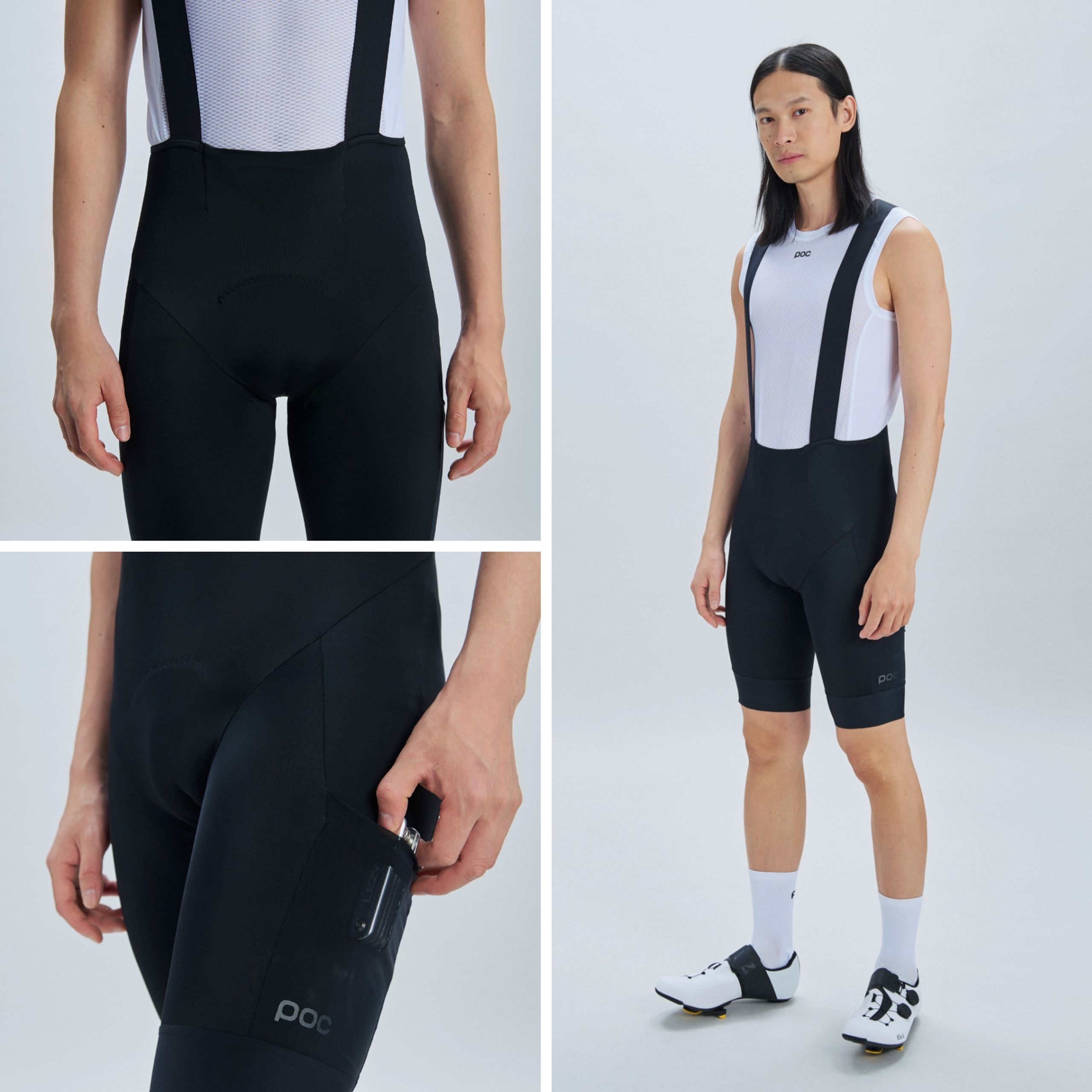
For men, the new M’s Cadence Cargo Bibs also benefit from a patent-pending pattern design, shaped to offer more room around the male anatomy, helping to relieve pressure. The bibs offer a pouch-like shape at the front, and the waist hem has an adjusted shape to support improved comfort while leaning over the bike.
Taken together, these factors create bibs that consistently deliver the comfort to perform over any distance, no matter your anatomy, and no matter how aggressively or otherwise you lean over the bike.
By following the science and trusted scientific research processes, we’ve worked to improve the ride for all. We widened the scope of our research, we focused on equitably implementing the findings, and the result is a wider pad that we believe will work better for a wider group of people. And it’s all done so that you can go far.
Photos by: POC Sports, Maja Johansson, Petter Eriksson & Miya Hirabayashi

